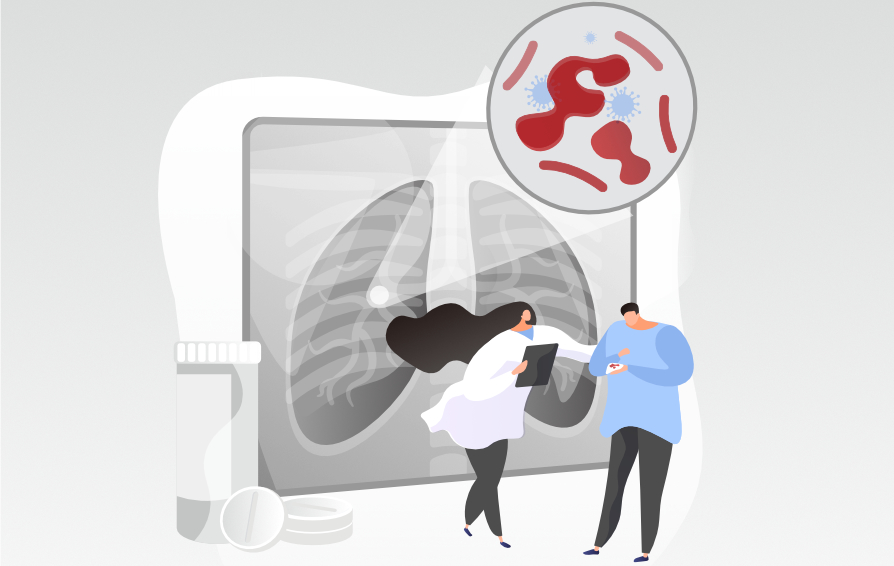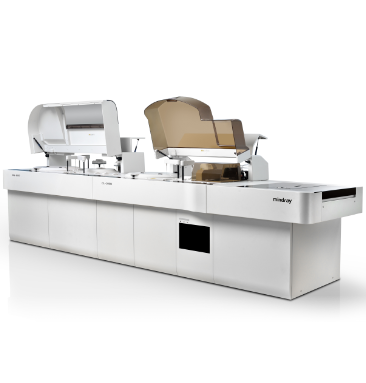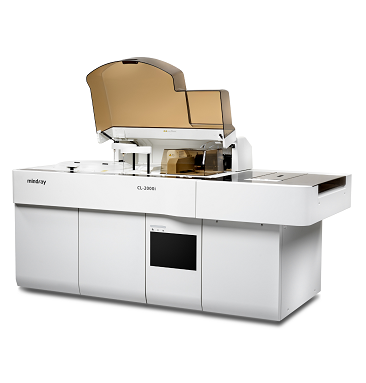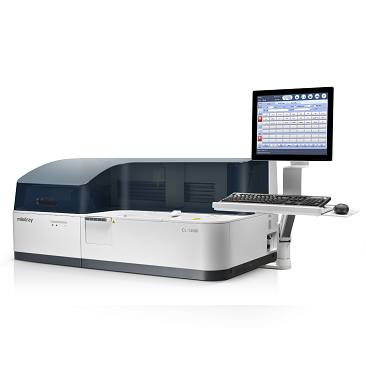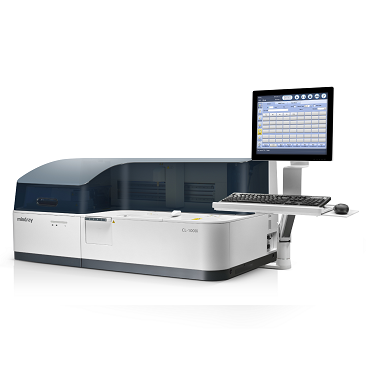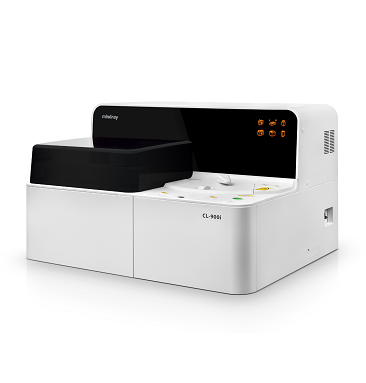The ravages of COVID-19 have highlighted the detrimental and enduring effects of lung diseases on individuals. Among these diseases, lung cancer emerges as the most severe and stands out as one of the most prevalent cancers worldwide. According to statistics from the World Health Organization (WHO), lung cancer is the second most commonly diagnosed cancer (with 2.21 million new cases per year), following breast cancer. Furthermore, it claims the highest number of lives (1.8 million deaths) compared to any other cancer, even surpassing the combined mortality of colorectal cancer (second highest) and liver cancer (third highest)[1]. Therefore, it is critical to raise widespread awareness about lung cancer.
About Lung Cancer
Lung cancer is a type of cancer that originates in the lungs and may spread to lymph nodes or other organs, such as the brain. According to cellular morphology, lung cancer can be divided into two main categories: Non-small cell lung cancer (NSCLC) and small cell lung cancer (SCLC).
The predominant factor leading to lung cancer is smoking, responsible for around 80%-90% of lung cancer-related deaths. Besides, the occurrence of lung cancer can also be attributed to other substances such as radon, asbestos, arsenic, diesel exhaust, and various others.
Patients with lung cancer may have symptoms such as coughing, chest pain, and shortness of breath. One crucial point to note is that the majority of individuals with lung cancer do not experience symptoms until the cancer has progressed to an advanced stage.
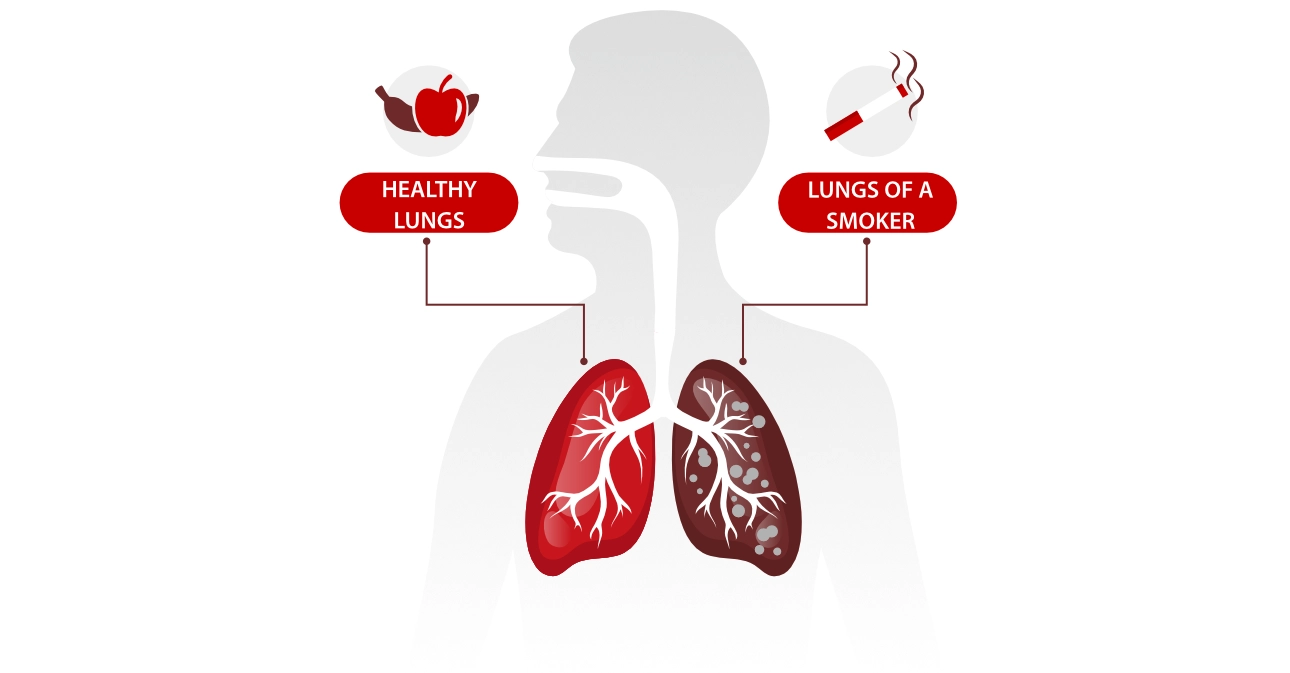
Lung Cancer Screening
Given that most individuals affected by lung cancer exhibit no symptoms during the early stages, it is highly recommended to undergo lung cancer screening before any symptoms arise. Detecting lung cancer at an early stage increases the chances of successful treatment. The recommended screening method for lung cancer is a low-dose computed tomography (LDCT), which utilizes a radiation dose substantially lower than the standard doses of a CT scan[2].
Patients with the following symptoms are recommended to undergo LDCT screening:

Application of Serological Markers in Lung Cancer Screening
While LDCT is the recommended method, it carries some inherent risks including radiation exposure, high cost, and the possibility of false positive or false negative results. In view of the convenience and affordability of serological markers, researchers have discovered that combining the detection of markers like CEA, NSE, CYFRA21-1, ProGRP, and SCCA can
significantly enhance their diagnostic and therapeutic utility in lung cancer.
The following table summarizes the usage of these markers in lung cancer screening:
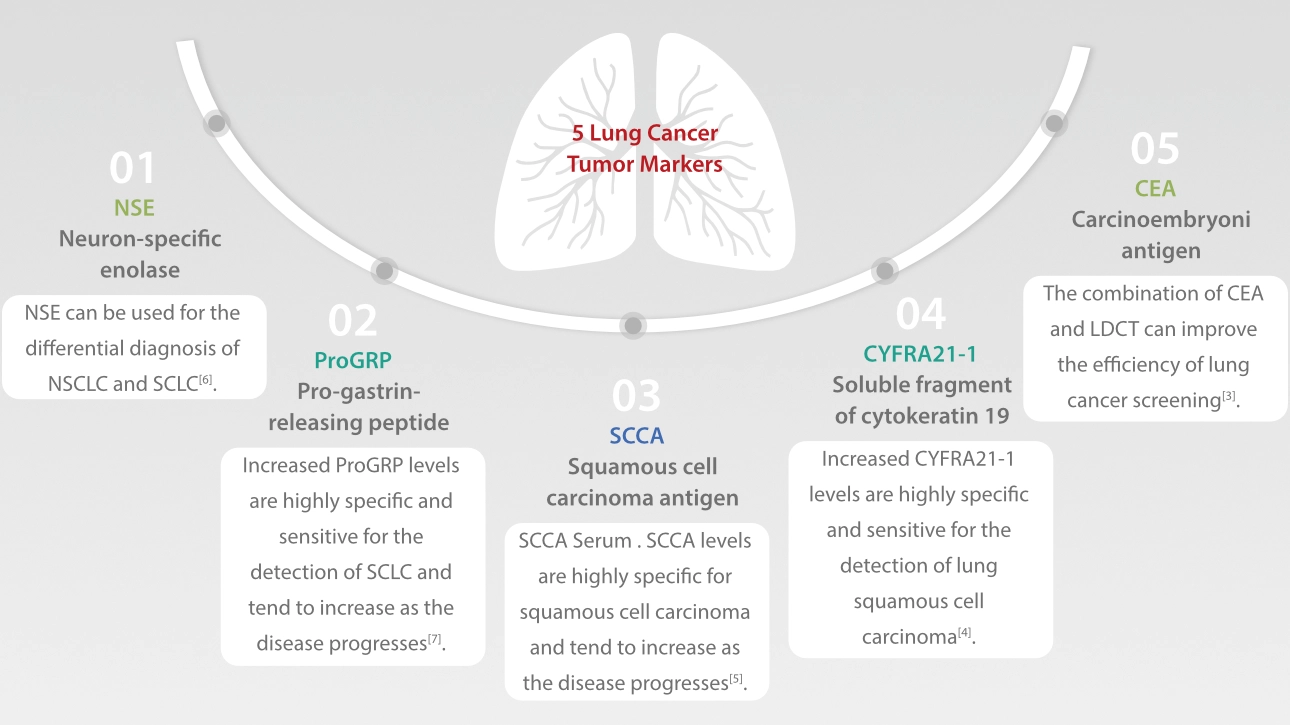
Besides screening, these tumor markers can also be used for monitoring disease progression and guiding treatment decisions[2]-[7].
Mindray's Lung Cancer Total Solution
Lung cancer is one of the most prevalent cancers worldwide and is associated with a high mortality rate. The use of LDCT is recommended for lung cancer screening, and serological tumor markers can also serve as valuable tools in the early detection and diagnosis of lung cancer.

Mindray is proud to offer a comprehensive lung cancer total solution, featuring NSE, ProGRP, SCCA, CYFRA21-1, and CEA tests. With a focus on stability and performance, our solution ensures accurate and reliable results for the diagnosis and monitoring of lung cancer.
References
[1] Ferlay J, Ervik M, Lam F, Colombet M, Mery L, Piñeros M, et al. Global Cancer Observatory: Cancer Today. Lyon:
International Agency for Research on Cancer; 2020
[2] NCCN Guidelines For Patients: Lung Cancer Screening.
[3] Ando S, Kimura H, Iwai N, et al. The significance of tumour markers as an indication for mediastinoscopy in non-small cell lung cancer[J]. Respirology, 2003, 8 (2):163-1
[4] 支修益 , 石远凯 , 于金明 . 中国原发性肺癌诊疗规范 (2015 年版 )[J]. 中华肿瘤杂志 ,2015,37(1):67-78.
[5] Body JJ, Sculier JP, Raymakers N, et al. Evaluation of squamous cell carcinoma antigen as a new marker for lung cancer[J]. Cancer, 1990, 65(7):1552-1556.
[6] Sturgeon C. Practice guidelines for tumor marker use in the clinic[J]. Clin Chem, 2002, 48(8):1151-1159
[7] 赵肖 , 王孟昭 . 肺癌血清肿瘤标志物的临床意义
[J]. 中国肺癌杂志 ,2011,14(3):286-291.
